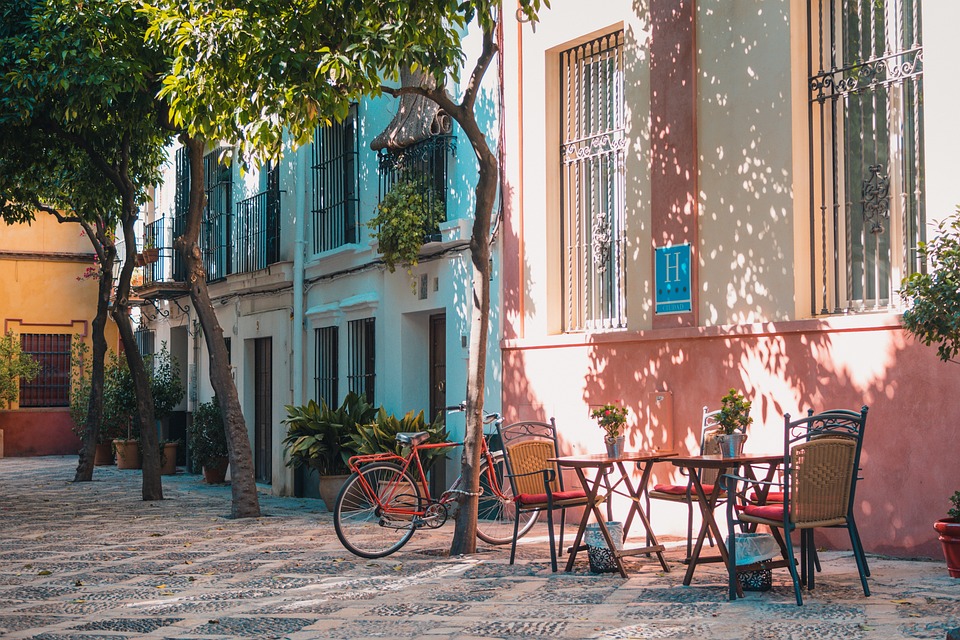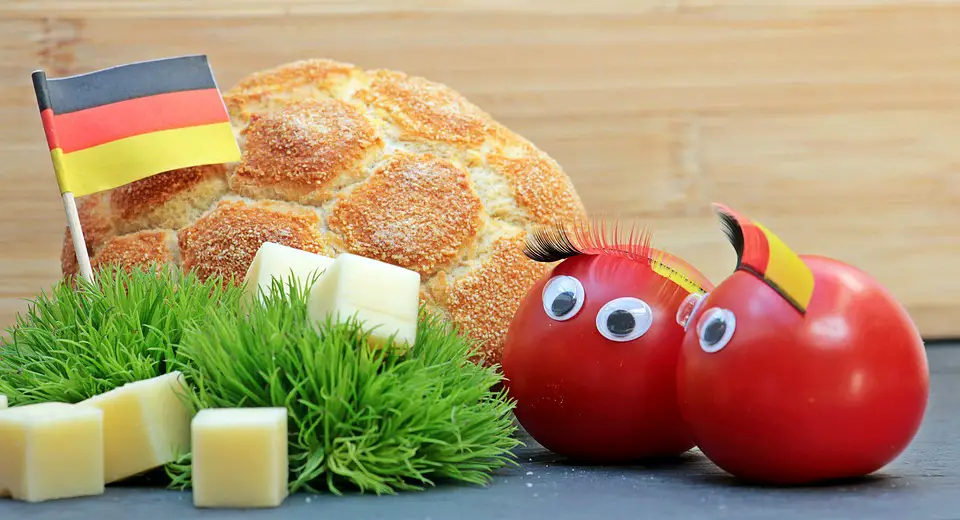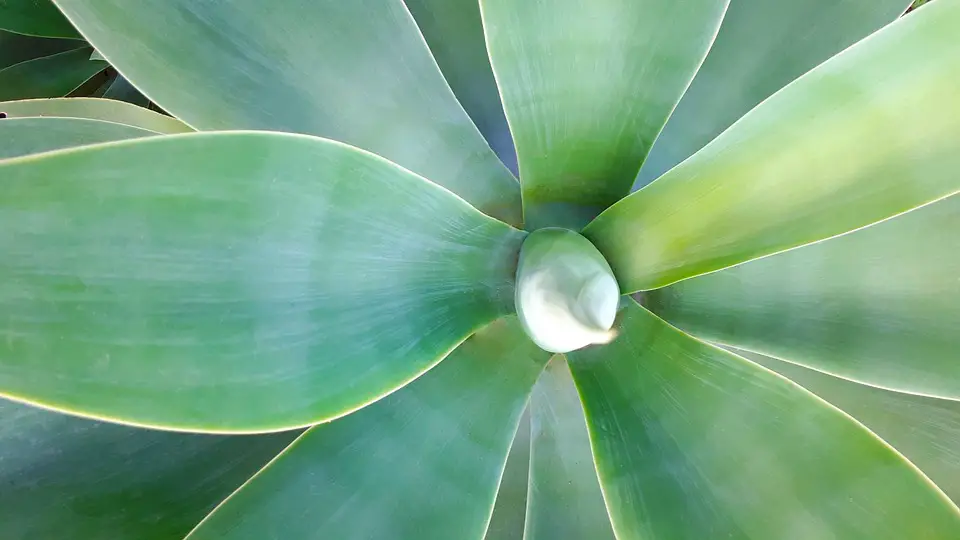Introduction
Indoor gardens bring a touch of nature into our homes, transforming any space into a green oasis.
Whether you have limited outdoor space, live in an apartment, or simply want to enhance the beauty of your interiors, creating a stunning indoor garden can be a rewarding and enjoyable experience.
In this article, we will explore the steps and considerations involved in starting from seedlings and nurturing your plants to full blooms, allowing you to achieve a vibrant and thriving indoor garden.
Choosing the Right Plants
Before embarking on your indoor gardening journey, it is essential to choose the right plants that will thrive in your particular environment.
Consider factors such as natural light availability, temperature, humidity, and your own personal preferences.
Plants like snake plants, pothos, and philodendrons are great choices for low-light areas, while succulents and cacti prefer bright spots.
Research the specific care requirements of each plant to ensure their longevity.
Providing Adequate Light
Light is a crucial element for the growth of indoor plants.
While most plants require some level of sunlight, not all of us have access to bright, direct light sources.
In such cases, artificial lighting can be used to supplement natural light.
LED grow lights are an excellent option as they provide the right spectrum of light for photosynthesis without generating excessive heat.
Position your plants near windows or under these grow lights to ensure they receive the necessary light to thrive.
Choosing the Right Containers
The choice of containers for your indoor plants not only affects the aesthetics of your garden but also impacts their growth.
Ensure that your containers have drainage holes to prevent water accumulation.
Terracotta pots are a popular choice as they allow better airflow and moisture regulation.
Additionally, consider the size of the container, ensuring it provides enough space for the roots to grow and expand.
Remember to match the size of the container with the eventual size of the plant.
Creating Suitable Growing Conditions
Aside from light, indoor plants require optimal temperature and humidity levels to thrive.
Most houseplants prefer temperatures between 65-75°F (18-24°C) during the day and slightly cooler temperatures at night.
Consider the temperature fluctuations in your space and avoid placing plants in areas with extreme temperature changes.
Maintaining humidity levels between 40-60% can be achieved through regular misting, using a humidifier, or placing plants near trays filled with water or pebbles.
Monitor and adjust the conditions according to the needs of your plants.
Watering and Fertilizing
Proper watering is essential for the health of your indoor garden.
Different plants have different watering needs, so research the specific requirements of each plant.
Overwatering can lead to root rot, while underwatering can cause dehydration.
Generally, it is better to underwater than overwater.
Test the soil moisture level by sticking your finger about an inch into the soil; if it feels dry, it’s time to water.
Fertilize your plants regularly using a balanced indoor plant fertilizer to provide essential nutrients for vibrant growth.
FAQs
Q: How often should I water my indoor plants?
A: The frequency of watering varies depending on the plant and environmental factors.
As a general rule, wait until the top inch of the soil is dry before watering.
Q: Can I use any type of soil for indoor gardening?
A: It is recommended to use a well-draining potting mix specifically formulated for indoor plants.
Avoid using garden soil as it can become compacted and hinder root growth.
Q: How often should I fertilize my indoor plants?
A: Fertilize your plants every 2-4 weeks during the growing season (spring and summer).
Reduce or stop fertilizing during the dormant winter months.
Q: What should I do if my indoor plants are infested with pests?
A: Common indoor plant pests include aphids, spider mites, and fungus gnats.
Use organic pest control methods or consult with a local garden center for appropriate insecticides or treatments.
Q: How can I encourage blooming in my flowering indoor plants?
A: Flowering plants require adequate sunlight, appropriate temperatures, and proper watering and fertilization.
Additionally, some plants may benefit from periodic pruning to promote new bud growth.




